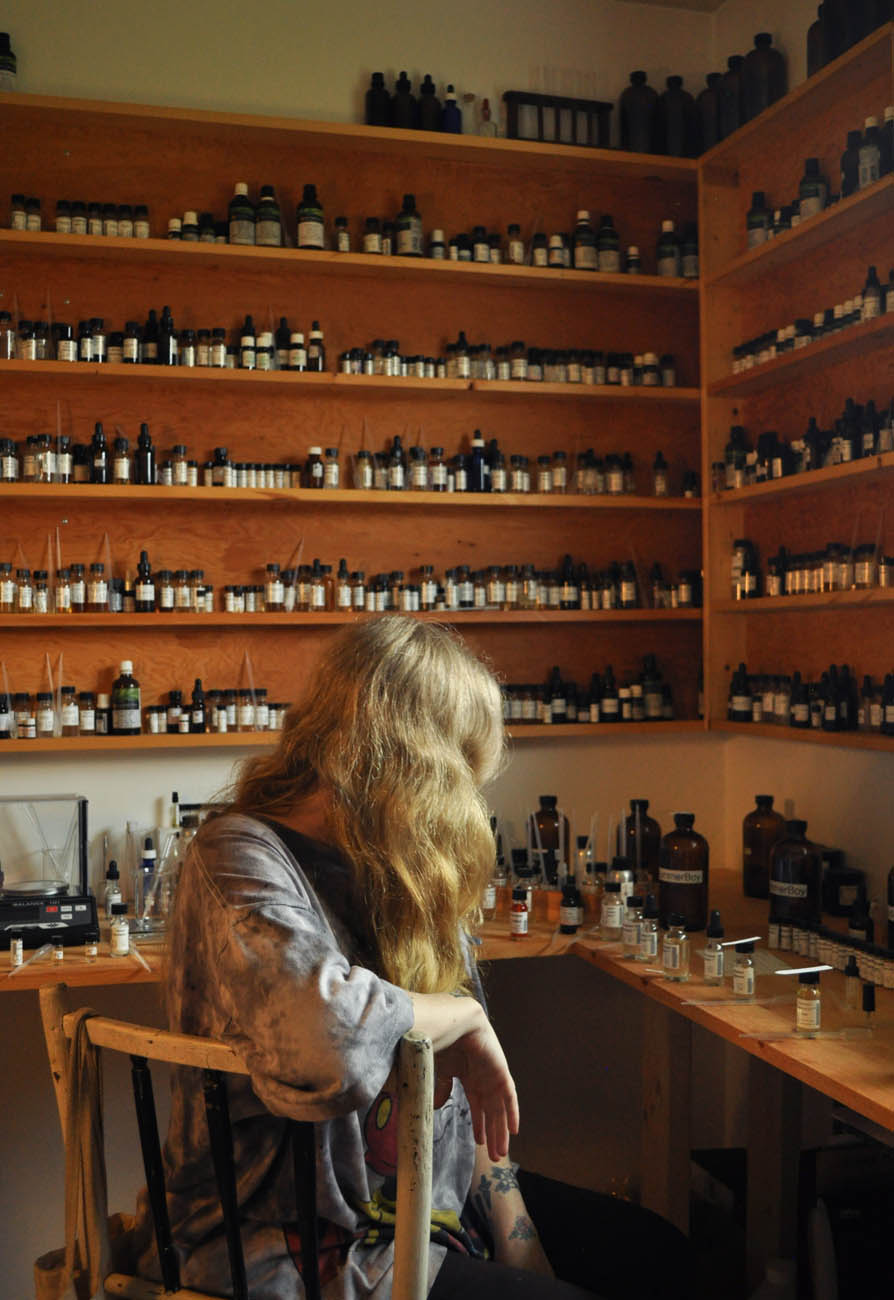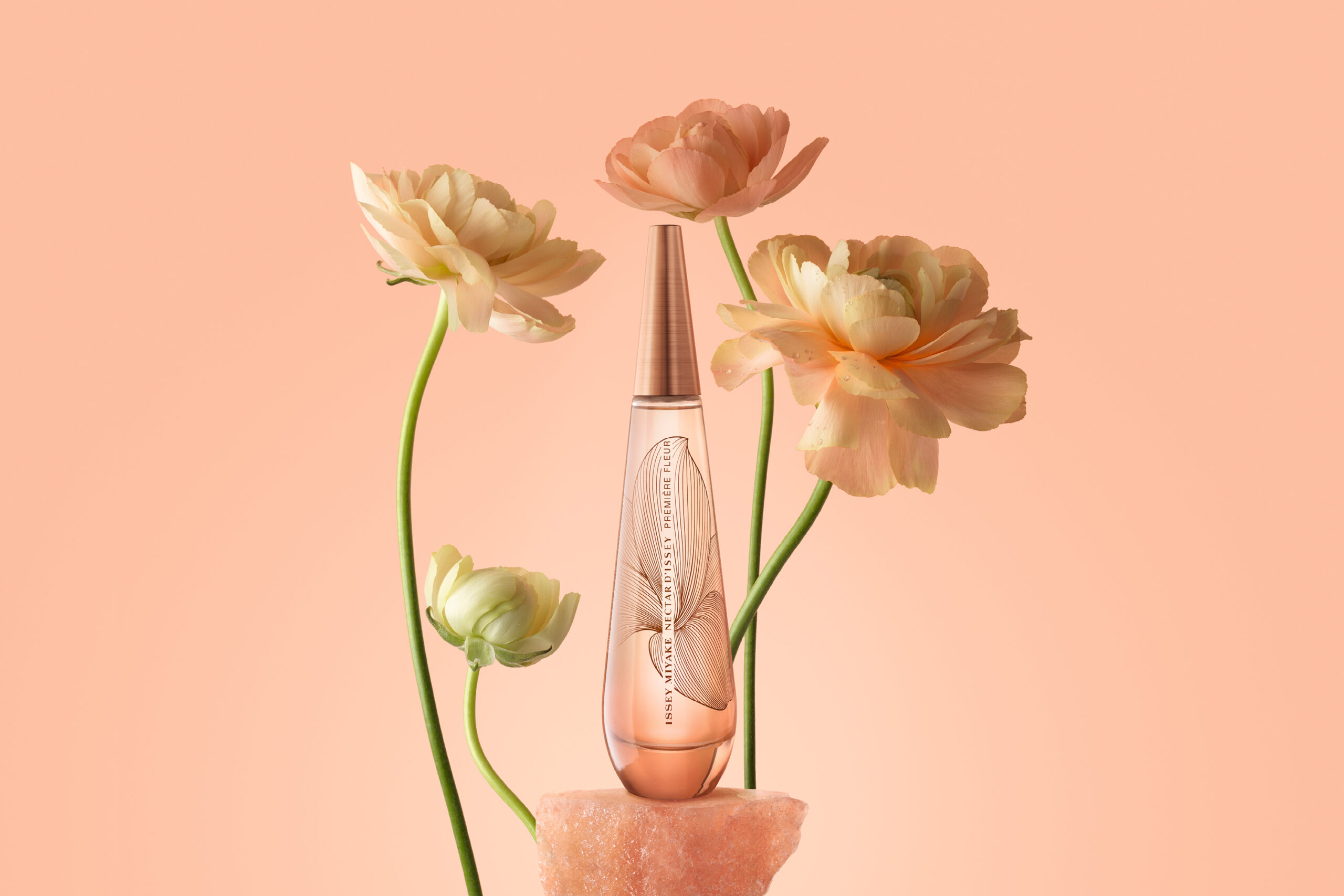Alternative “Scenters” Is a Growing Trend
The future of fragrance.
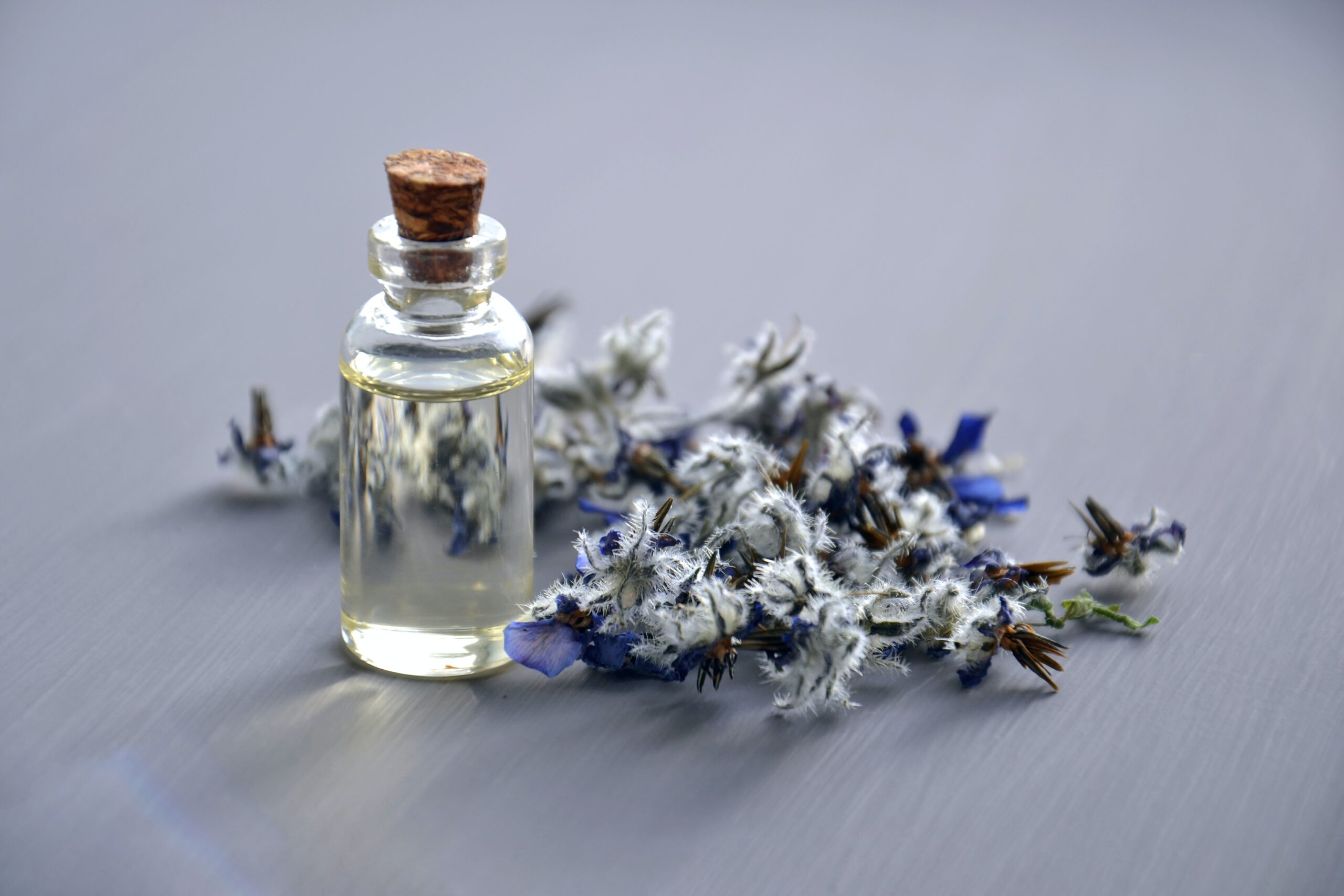
Perfume was, once upon a time, a mark of class and refinement. It came in stunning crafted-glass bottles and was sold in brass-trimmed apothecary-like boutiques. This profusive transaction brings to mind a more opulent time—until you dig a little deeper into the process and ingredients that go into fragrance making.
Perfume has come a long way since its origins in Mesopotamia but not entirely for the better. The world’s first perfumer was thought to be a woman named Tapputi who made scents from distilled flowers and oil that she filtered multiple times through a still. The all-natural essence is arguably closer to what perfume should be than what it is today.
As modernization took its toll on the centuries-old practice, luxury and care gave way to cheaper chemical alternatives to create sickly sweet synthetic scents that don’t exist in nature, over diluted with solvents so they last longer, and bottles made with inexpensive materials and designed for kitsch, celebrity clout, and mass consumption.
Both synthetic and natural ingredients can be allergens, but the chances of synthetic perfumers causing asthma, headaches, and allergic reactions is significantly greater. As such, recent years have seen a spike in “fragrance-free” workplaces, schools, and public areas to make them safer and more inclusive for those with sensitivities. The cheaper the ingredients in perfume, the more carcinogenic it is likely to be.
Sadly, the price point and luxury stature of perfume can enforce a classist divide, but the cultural leanings of millennials tend to favour quality and slow living over fast fashion (and by extension, cosmetics), which is in many ways what real luxury is about.
Millennials have discovered a middle ground that captures the natural origins of perfume with the convenience of modern technology and materials; the trend of products called alternative scenters. Solid perfumes, scented lockets, and hand-held diffusers serve the same purpose as traditional fragrance sprays with less chance of offending the nose or distressing the skin.
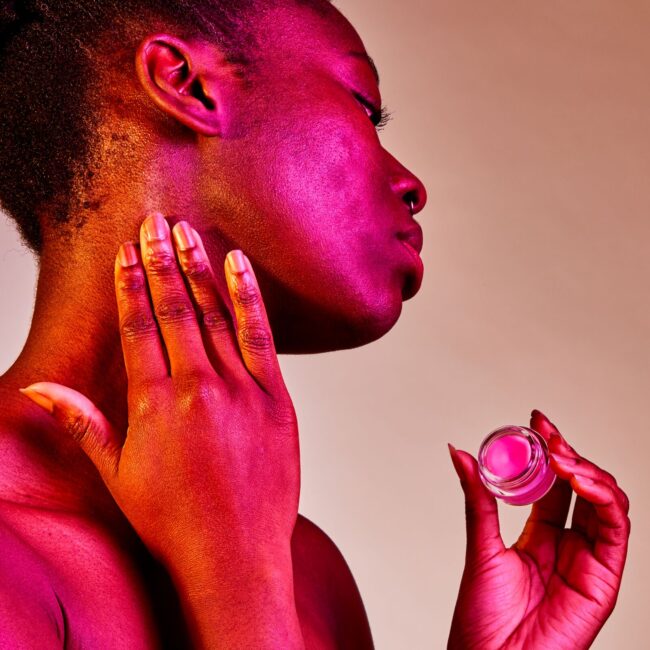
Solid Perfume
Solid perfume is made with essential and carrier oils (like virgin coconut, jojoba, almond, or sunflower) mixed with beeswax that then hardens. There are lots of recipes available for DIY perfumes, and many luxury brands have released their own versions of their scents in solid form. The best-known solid-perfume producer is undoubtedly Lush, which has over 20 scents to choose from. Estée Lauder also produces a limited-edition collection of solid-perfume compacts each year, and this year’s, conceived by jewellery designer Monica Rich Kosann, is a beautiful collectible.
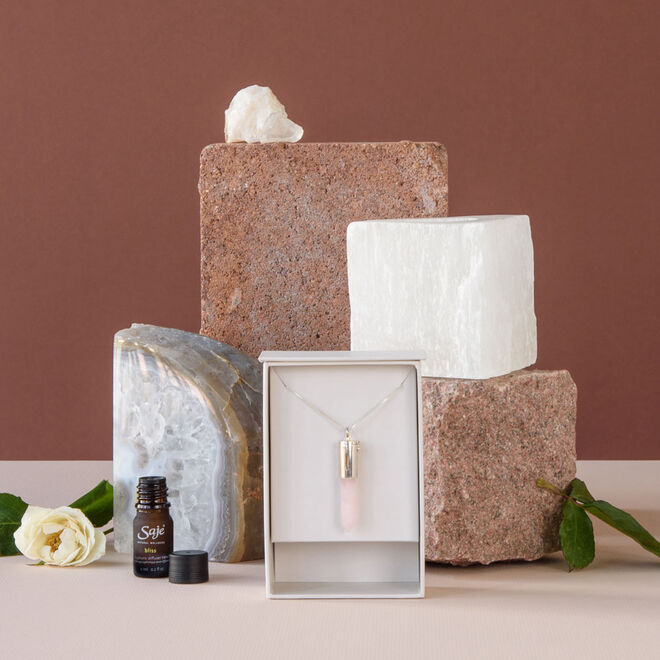
Scented Jewellery
Etsy is full of lockets and necklaces with the capacity to hold felt pads and porous lava rocks that carry essential oils and release a gentle scent. It is ground zero for a growing trend of jewellery able to hold or emit scents as the wearer moves. The luxury beauty and jewellery brands haven’t caught up yet, but we eagerly await the day that they do. Until then, Saje Natural Wellness has a dreamy collection of crystal diffuser pendants.
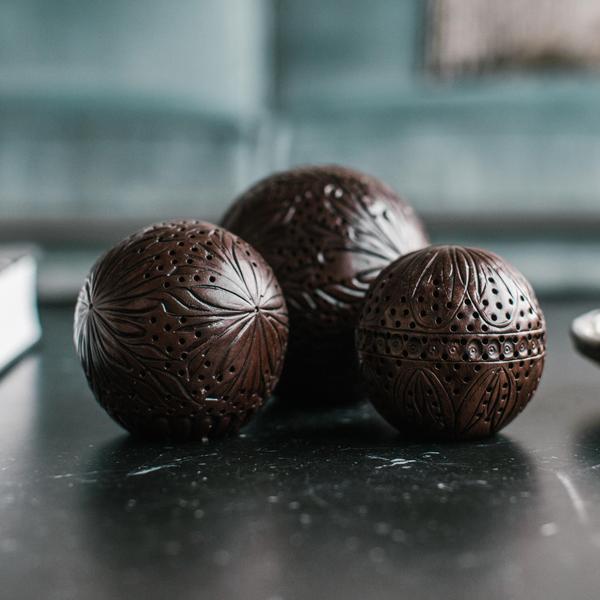
Hand-Held Diffusers
A small ball or object you can keep in your purse and bring out when you need a little kick of scent isn’t a bad idea. It can be hidden away when in the aforementioned scent-free zones and brought out when you want it. The France-based L’Artisan Parfumeur has invented just that. Its Amber Ball is the first of its kind and comes in different sizes to sit on countertops and desks or in a purse. The beautifully crafted terra cotta ball is hollowed out and perforated before being filled with amber crystals that diffuse scents of vanilla, patchouli, and incense.
________
Never miss a story. Sign up for NUVO’s weekly newsletter here.







